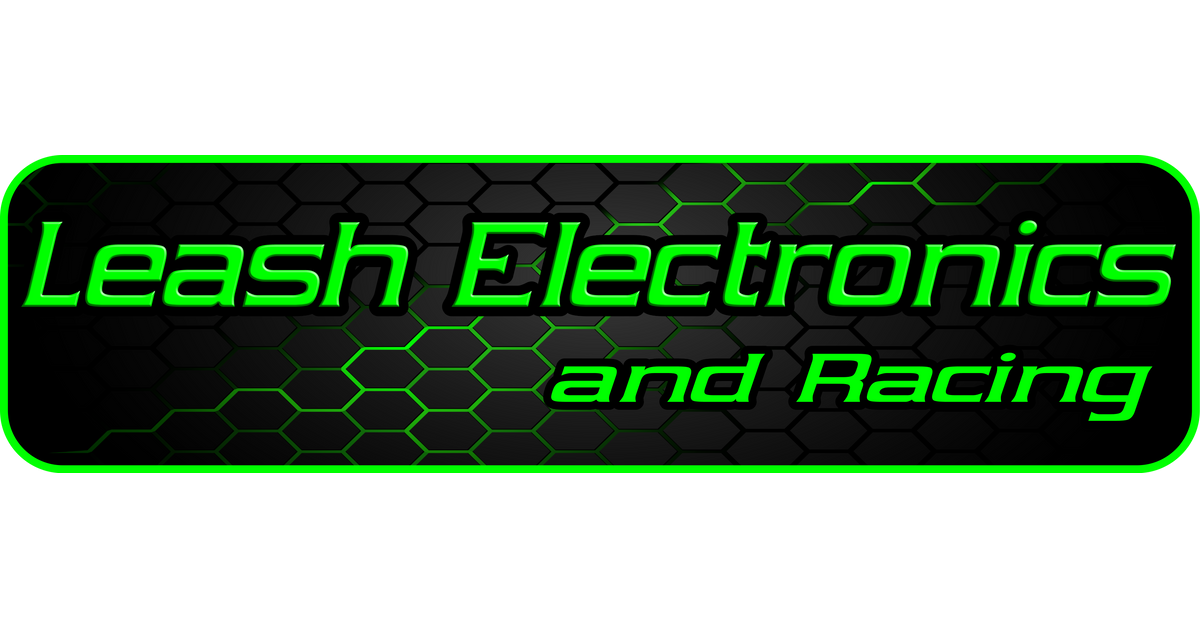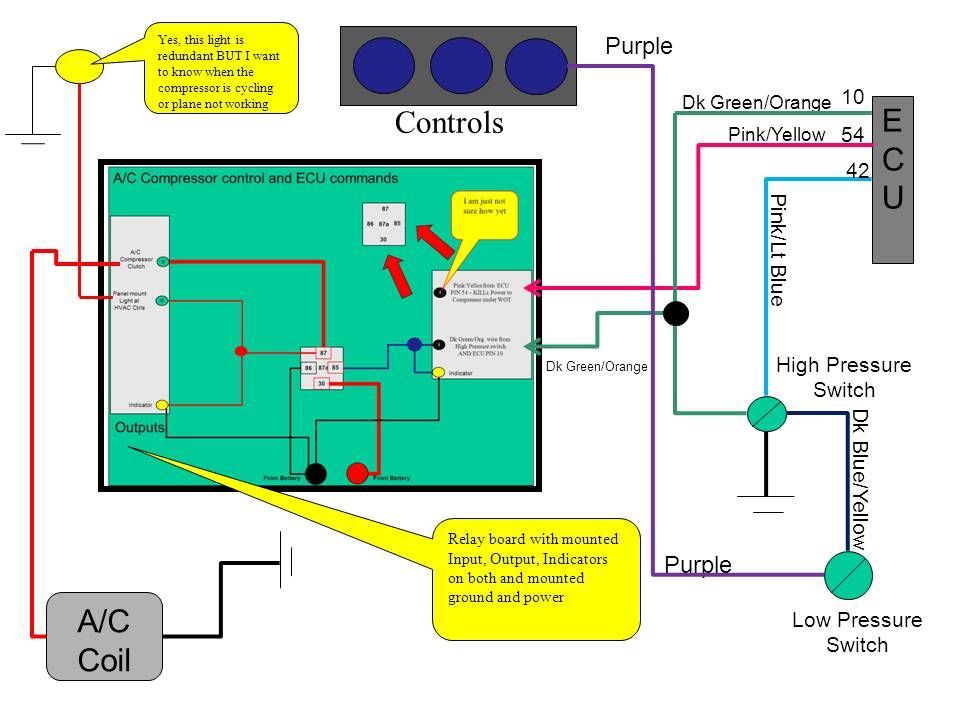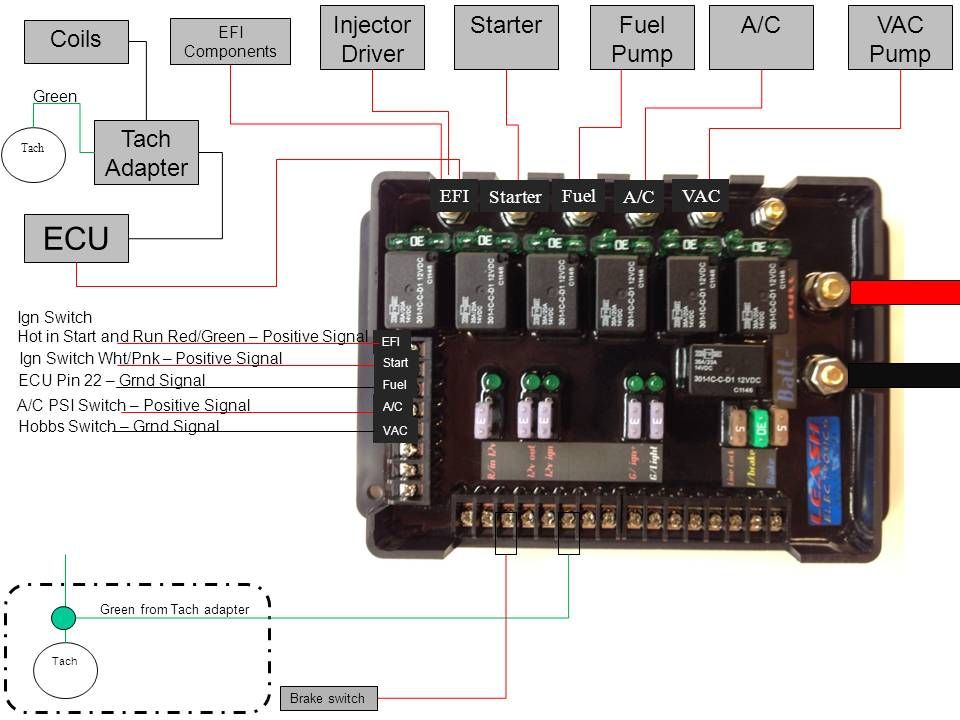Do you prefer to Ground to turn on or Power to turn on?
Ground to turn on:
85 - Switch (switched to ground)
30 - Constant or switched 12v power (fused)
86 - Constant or switched 12v powr (fused)
87 - Device (grounded) - On when switched on
87a - Device (grounded) - On when switched off
Power to turn on:
85 - Switch (switched to 12v (fused))
30 - Constant or switched 12v (fused)
86 - Grounded
87 - Device (grounded) - On when switched on
87a - Device (grounded) - On when switched off
I am leaning to Power to turn on. Can I get your thoughts? Is one safer than the other?
Ground to turn on:
85 - Switch (switched to ground)
30 - Constant or switched 12v power (fused)
86 - Constant or switched 12v powr (fused)
87 - Device (grounded) - On when switched on
87a - Device (grounded) - On when switched off
Power to turn on:
85 - Switch (switched to 12v (fused))
30 - Constant or switched 12v (fused)
86 - Grounded
87 - Device (grounded) - On when switched on
87a - Device (grounded) - On when switched off
I am leaning to Power to turn on. Can I get your thoughts? Is one safer than the other?










Comment